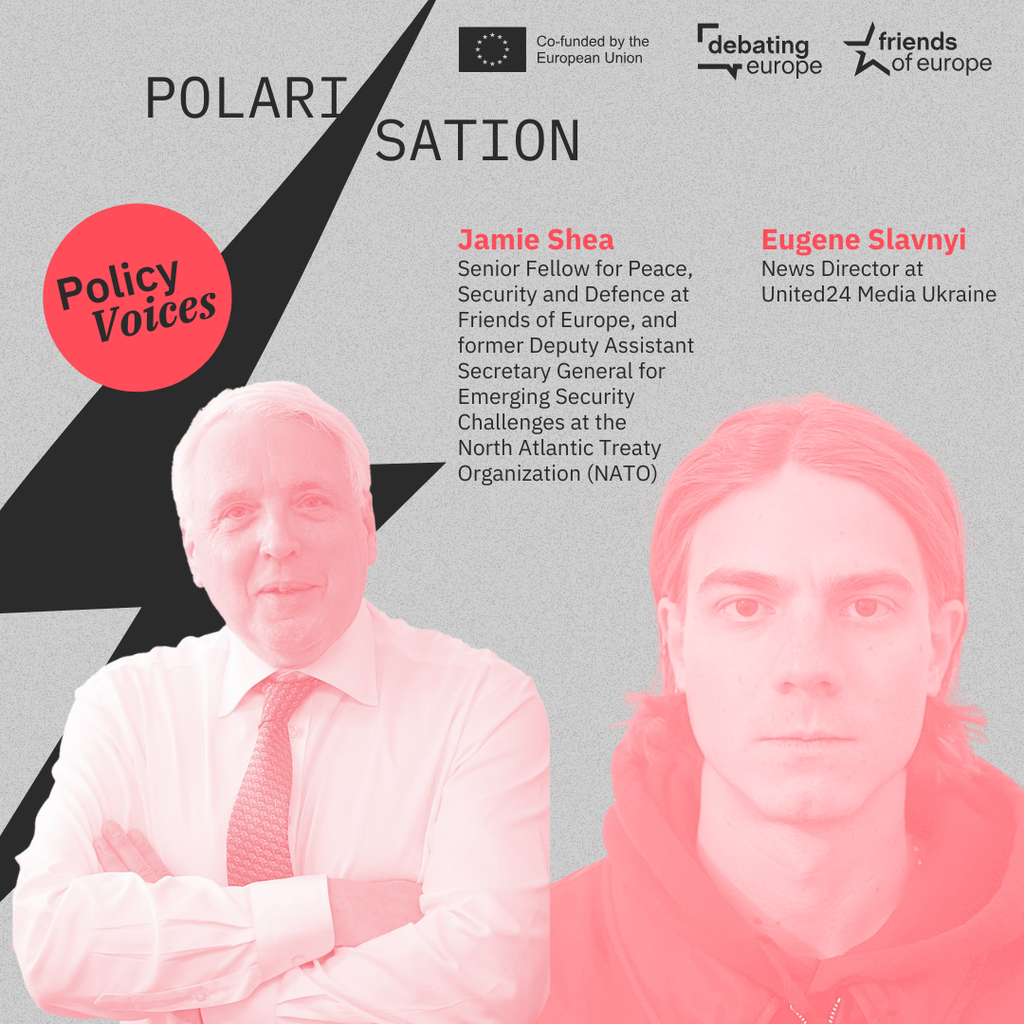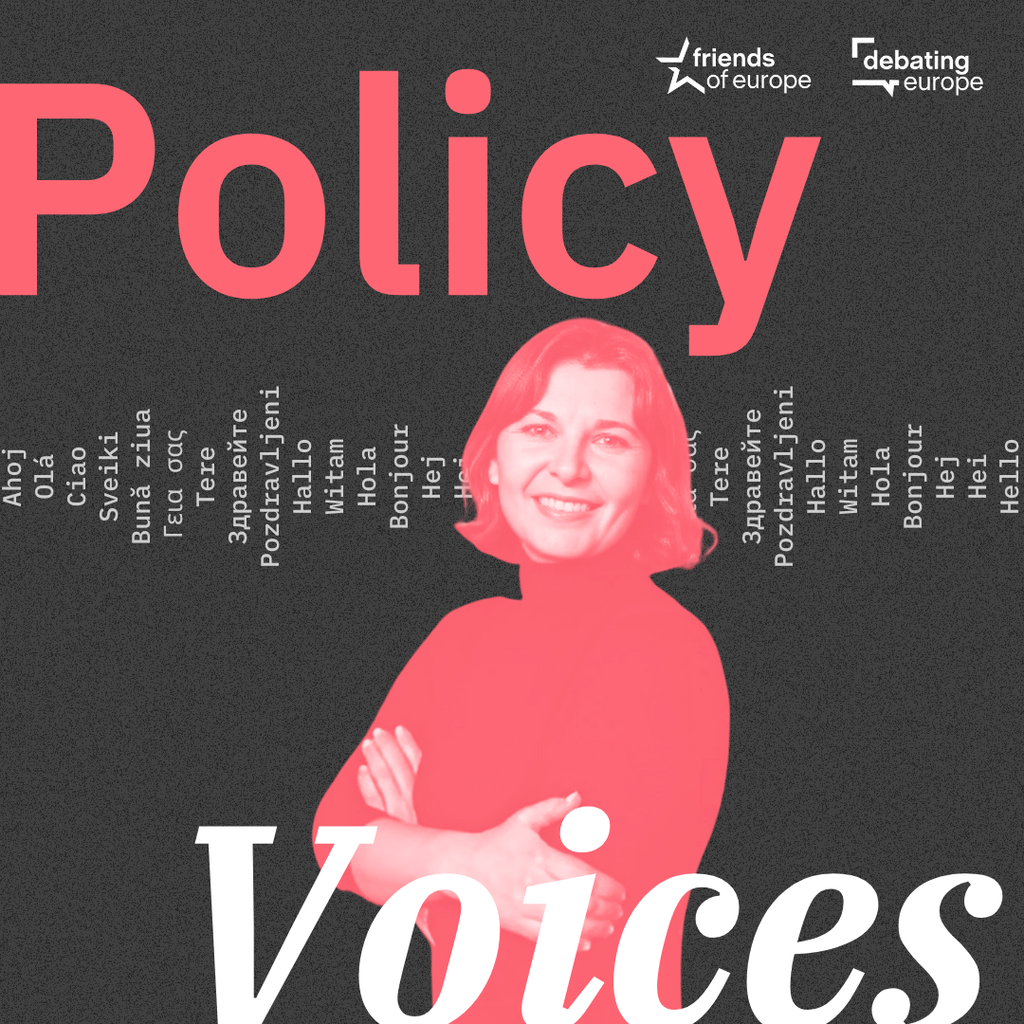From ambition to action: building Europe’s Defence Union
Past event In person

- Area of Expertise
- Peace, Security & Defence
Climate, Energy & Natural Resources

Founder of Friends of Europe
Giles Merritt recalls the 1920s ‘Nansen’ passports for the stateless, and argues for their reintroduction in the face of mass population displacements through climate change.
The European Union should consider championing a special passport for stateless people, who are now conservatively estimated to number at least 10 million. And some experts forecast that the globally displaced could rise to a billion by mid-century thanks to the ravages of climate change.
A passport may be irrelevant to those joining the present 50 million who are refugees within their own country, but international statelessness is nevertheless an alarming problem. It’s also far from new, and could be tackled using a one hundred year-old model that’s ripe for updating by the EU and the relevant UN agencies.
What do Aristotle Onassis, Marc Chagall, the photographer Robert Capa, Stravinsky, Rachmaninov and Spain’s dethroned King Alfonso XIII have in common? Along with almost half a million others, their statelessness was resolved a century ago by a novel passport issued by the League of Nations, the UN’s forerunner.
Instantly recognisable by its bright green stripes, it was named after its famous inventor, the Norwegian polar explorer Fridtjof Nansen, and honoured by more than 50 countries. In the wake of frontier changes after World War 1 and the Russian revolution, European refugees of many nations had found themselves in diplomatic and bureaucratic limbo. Nansen won the Nobel peace prize for rescuing them.
The EU has a clear interest in furthering its international statesmanship role
World War 2 produced even more refugees, with 40 million people at one point either forced from their homes by the fighting or by the Iron Curtain that divided ‘cold war’ Europe. There followed post-war reconstruction and two widely supported UN conventions that in effect overcame statelessness by demanding that nation states accept responsibility for regularising their citizens’ right to an identity.
The issue of statelessness was thus defused, although not entirely resolved. The UN’s High Commission for Refugees – inheritors of Nansen’s mantle – felt able to run down its statelessness unit, until around the turn of the century the actions of a number of governments raised fresh concerns.
A third of the world’s stateless are children, and a fifth of the refugees resettled by UNHCR over the last five years were found to be stateless. There are Syrians, Kurds and the Palestinian refugees, as well as the 800,000 Muslim Rohingya denied citizenship by Myanmar’s rulers.
Then there’s the Bihari community that Bangladesh has long refused to recognise. In Africa, where statelessness is growing fast, there are notably 700,000 undocumented people in Côte d’Ivoire alone. Latin America, too, has a growing problem.
In Europe the threat of statelessness is closely linked to the migrant and refugee crisis. But quite aside from this, the EU has a clear interest in furthering its international statesmanship role.
The deteriorating situation clearly calls for planning that includes a more inventive approach to identity documents
Supplying people who make their way to Europe as refugees or economic migrants with essential documents is key to their integration. As it is, a lack of identity papers compounds the tensions created by illegal immigration. The “sans papiers” who fuel the black economy are thought to number several millions.
To date, the EU’s focus has been on speeding the deportation of illicit migrants and those who haven’t qualified for refugee status. It has also worked to safeguard against abuses of national identity cards used by the one billion-plus people who travel yearly around and beyond Europe. But Brussels hasn’t turned its attention to statelessness, perhaps deeming this to be a UN preserve.
Nobody can yet say how grave the problem will become. Climate change could displace 1.2 billion people by 2050, say researchers at the Institute for Economics and Peace in Sydney, Australia. Managing such massive population surges defies the imagination, but the deteriorating situation clearly calls for planning that includes a more inventive approach to identity documents.
The obvious solution would seem to be a revival in some form of the Nansen passport. Its 1922 introduction in Geneva could be jointly marked by the EU and UNHCR with a centennial relaunch of the idea as a fitting acknowledgement of a major crisis now looming on the horizon.
You may also like…
Past event In person

Next event

Past event Online

Past event Online





Stay informed
We use cookies and similar technologies to adjust your preferences, analyze traffic and measure the effectiveness of our campaigns. Learn more about our privacy policy.